4 dead in Ladakh protests, govt alleges sabotage by 'politically motivated' elements
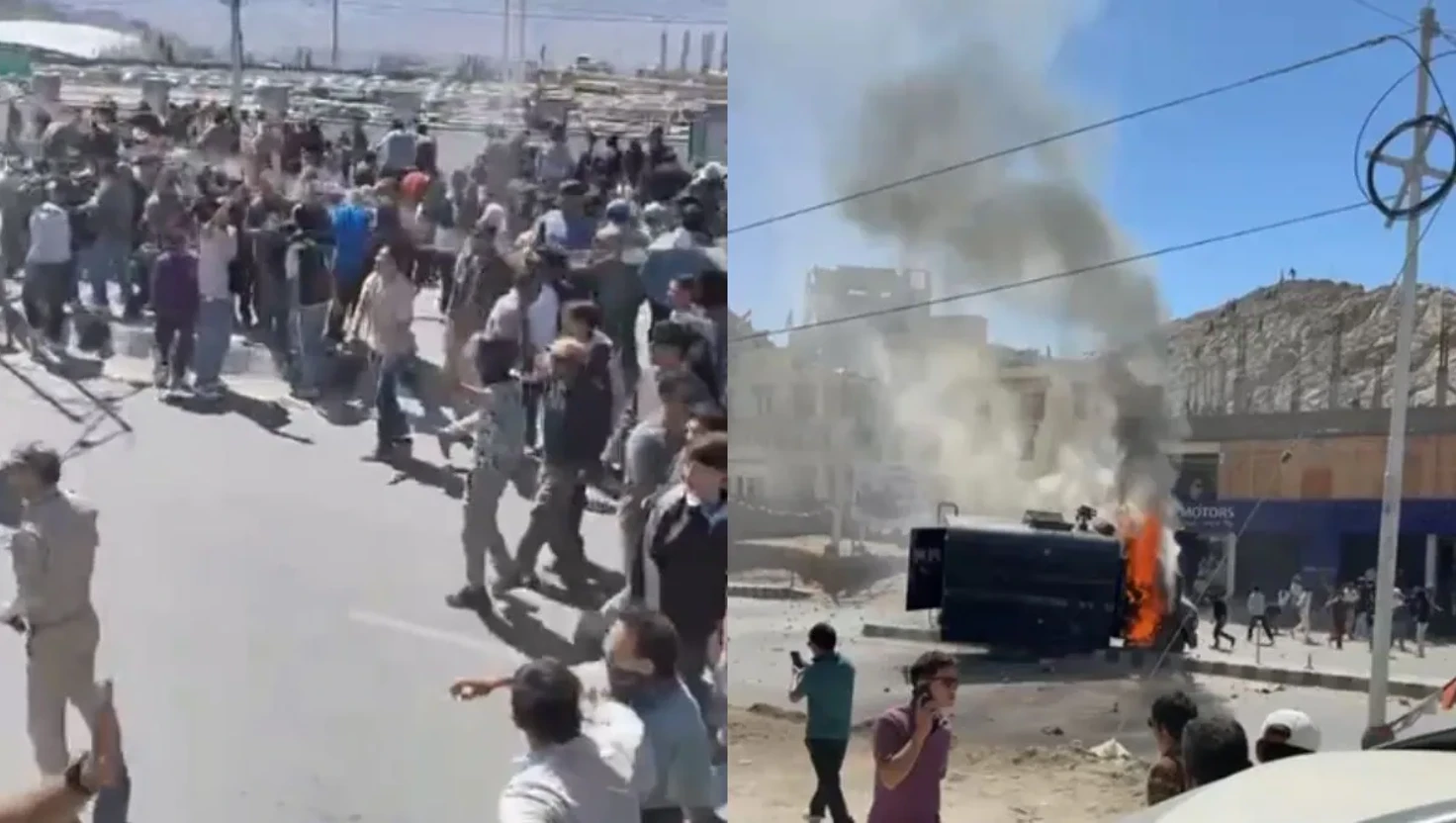
Violence Erupts in Ladakh Amid Statehood Protests, Four Dead
Four fatalities reported as statehood demonstrations escalate into violence in Leh, with significant injuries among protesters and police.
Demonstrations advocating for statehood in Ladakh turned violent in Leh on Wednesday, resulting in the deaths of at least four individuals and injuring over 50 others. The protests erupted as groups of young people expressed their demands outside the Bhartiya Janata Party (BJP) headquarters and the Hill Council office, which were subsequently targeted with stones and set ablaze by protesters. The unrest prompted a strong response from both police and paramilitary forces, who used tear gas in an attempt to control the situation.
Background to the Protests
The protests stem from long-standing demands for statehood and the application of the Sixth Schedule of the Indian Constitution, which allows for greater autonomy for tribal populations in specific regions of the country. Although the Sixth Schedule currently applies to several states in Northeast India, activists believe its extension to Ladakh is crucial for the region's self-governance and socio-economic development.
The Role of Activists
Climate activist Sonam Wangchuk, a prominent figure in the movement, was on a hunger strike for over two weeks to demand statehood and the Sixth Schedule for Ladakh. Following the violence on Wednesday, Wangchuk called off his fast, expressing sorrow over the escalation and urging young people to refrain from violence. He described the situation as a reflection of ‘youth anger’ and emphasized the importance of non-violence.
In a statement regarding the unrest, the Ministry of Home Affairs accused Wangchuk of instigating violence through his rhetoric. Officials claimed that certain individuals deliberately escalated tensions ahead of scheduled talks between local leaders and the federal government.
Government Response
The Ministry of Home Affairs reported that approximately 30 security personnel were also injured in the clashes. Authorities have since imposed restrictions on assembly and enacted curfews across the city to restore order. The local administration under the guidance of Lieutenant Governor Kavinder Gupta reiterated their commitment to peaceful protesting but indicated that some protestors had ulterior motives.
“The protest demonstrated a clear attempt to incite violence, drawing inappropriate parallels with protests in Nepal,” the Lieutenant Governor remarked. He maintained that such actions undermined the serious demands of the many individuals still seeking a peaceful resolution.
Future Dialogue
A new round of discussions is set to take place on October 6 between the Ministry of Home Affairs and representatives from the Ladakh Apex Body (LAB) and the Kargil Democratic Alliance (KDA). The two groups have been at the forefront of the agitation for nearly four years, advocating for the recognition of the Sixth Schedule and other vital issues.
Conclusion
The violence in Leh underscores the complex dynamics concerning Ladakh’s political future and the ongoing demand for autonomy. With upcoming talks, the hope remains that a peaceful resolution can be reached and that the concerns of the Ladakhi people will be adequately addressed without further loss of life or property.
Background to the Protests
The protests stem from long-standing demands for statehood and the application of the Sixth Schedule of the Indian Constitution, which allows for greater autonomy for tribal populations in specific regions of the country. Although the Sixth Schedule currently applies to several states in Northeast India, activists believe its extension to Ladakh is crucial for the region's self-governance and socio-economic development.
The Role of Activists
Climate activist Sonam Wangchuk, a prominent figure in the movement, was on a hunger strike for over two weeks to demand statehood and the Sixth Schedule for Ladakh. Following the violence on Wednesday, Wangchuk called off his fast, expressing sorrow over the escalation and urging young people to refrain from violence. He described the situation as a reflection of ‘youth anger’ and emphasized the importance of non-violence.
In a statement regarding the unrest, the Ministry of Home Affairs accused Wangchuk of instigating violence through his rhetoric. Officials claimed that certain individuals deliberately escalated tensions ahead of scheduled talks between local leaders and the federal government.
Government Response
The Ministry of Home Affairs reported that approximately 30 security personnel were also injured in the clashes. Authorities have since imposed restrictions on assembly and enacted curfews across the city to restore order. The local administration under the guidance of Lieutenant Governor Kavinder Gupta reiterated their commitment to peaceful protesting but indicated that some protestors had ulterior motives.
“The protest demonstrated a clear attempt to incite violence, drawing inappropriate parallels with protests in Nepal,” the Lieutenant Governor remarked. He maintained that such actions undermined the serious demands of the many individuals still seeking a peaceful resolution.
Future Dialogue
A new round of discussions is set to take place on October 6 between the Ministry of Home Affairs and representatives from the Ladakh Apex Body (LAB) and the Kargil Democratic Alliance (KDA). The two groups have been at the forefront of the agitation for nearly four years, advocating for the recognition of the Sixth Schedule and other vital issues.
Conclusion
The violence in Leh underscores the complex dynamics concerning Ladakh’s political future and the ongoing demand for autonomy. With upcoming talks, the hope remains that a peaceful resolution can be reached and that the concerns of the Ladakhi people will be adequately addressed without further loss of life or property.
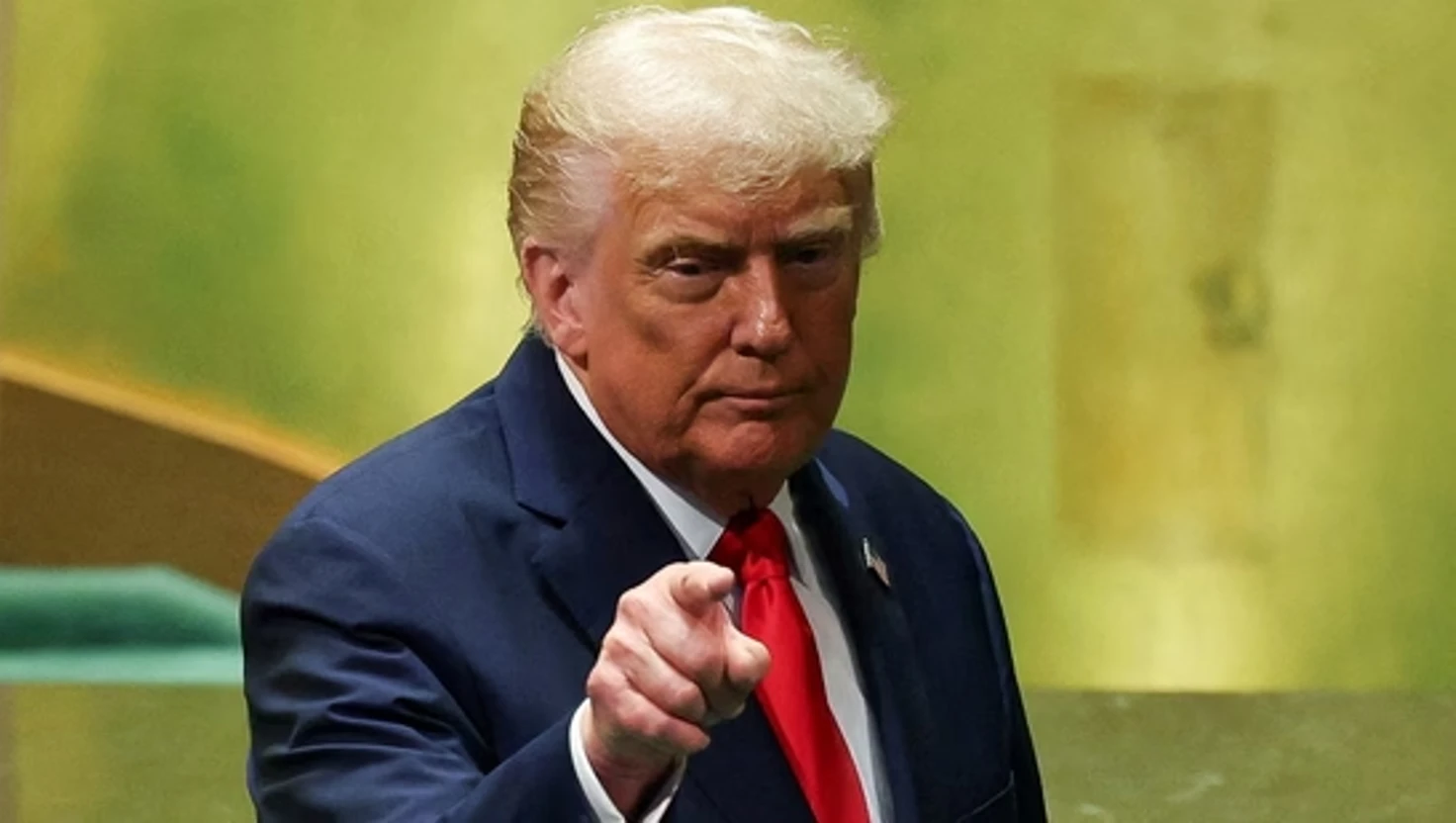
Trump hits out at India, China as 'main funders' of Ukraine war
US President Donald Trump targets India and China for funding Russia's Ukraine war during his UNGA speech, calling for strong tariffs against Moscow.
| 2025-09-24
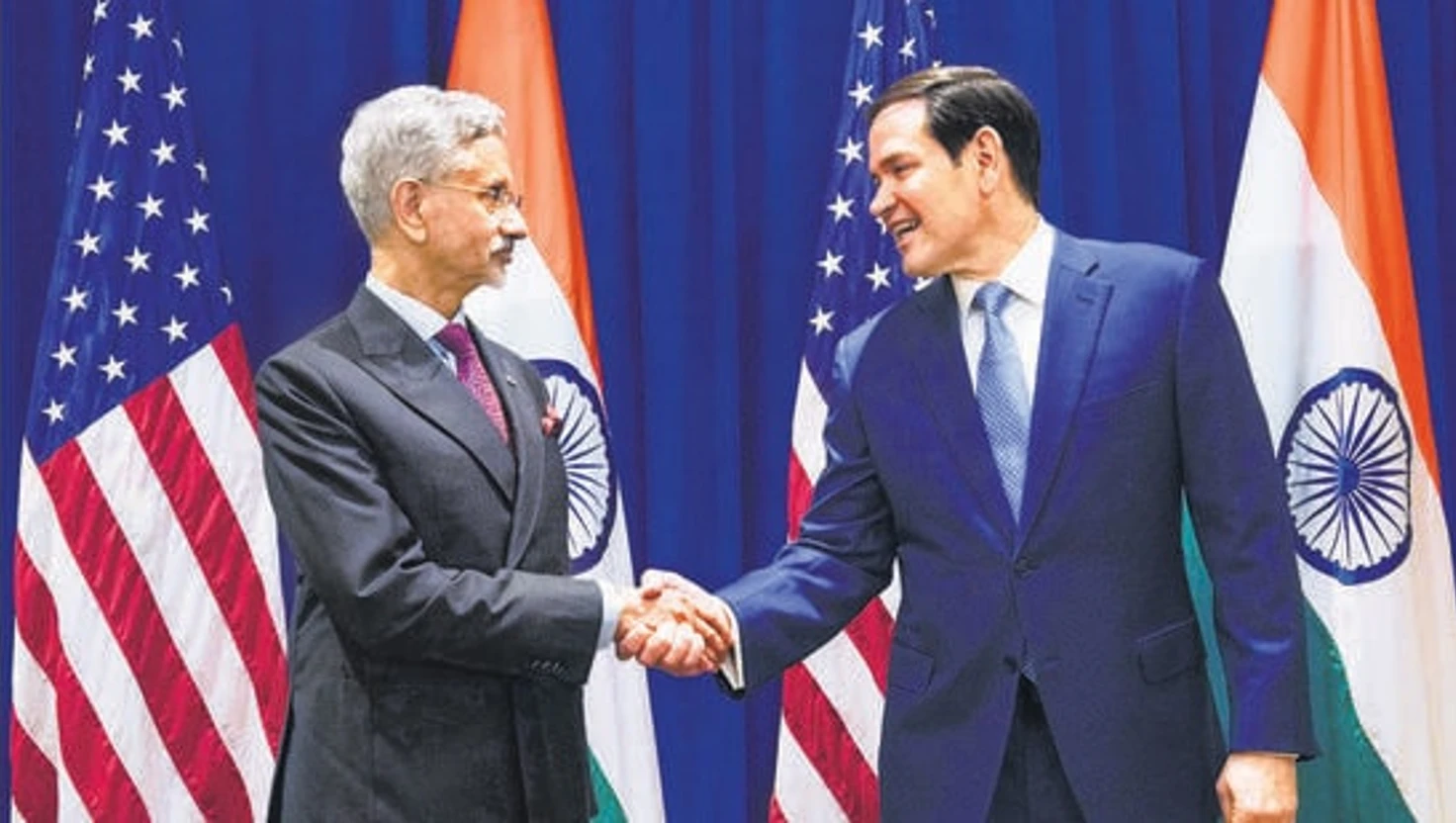
India's' relationship of critical importance for US, says Marco Rubio
US Secretary of State Marco Rubio and Indian Minister S. Jaishankar meet to discuss ties amid controversy over H-1B visa fees affecting Indian tech.
| 2025-09-23
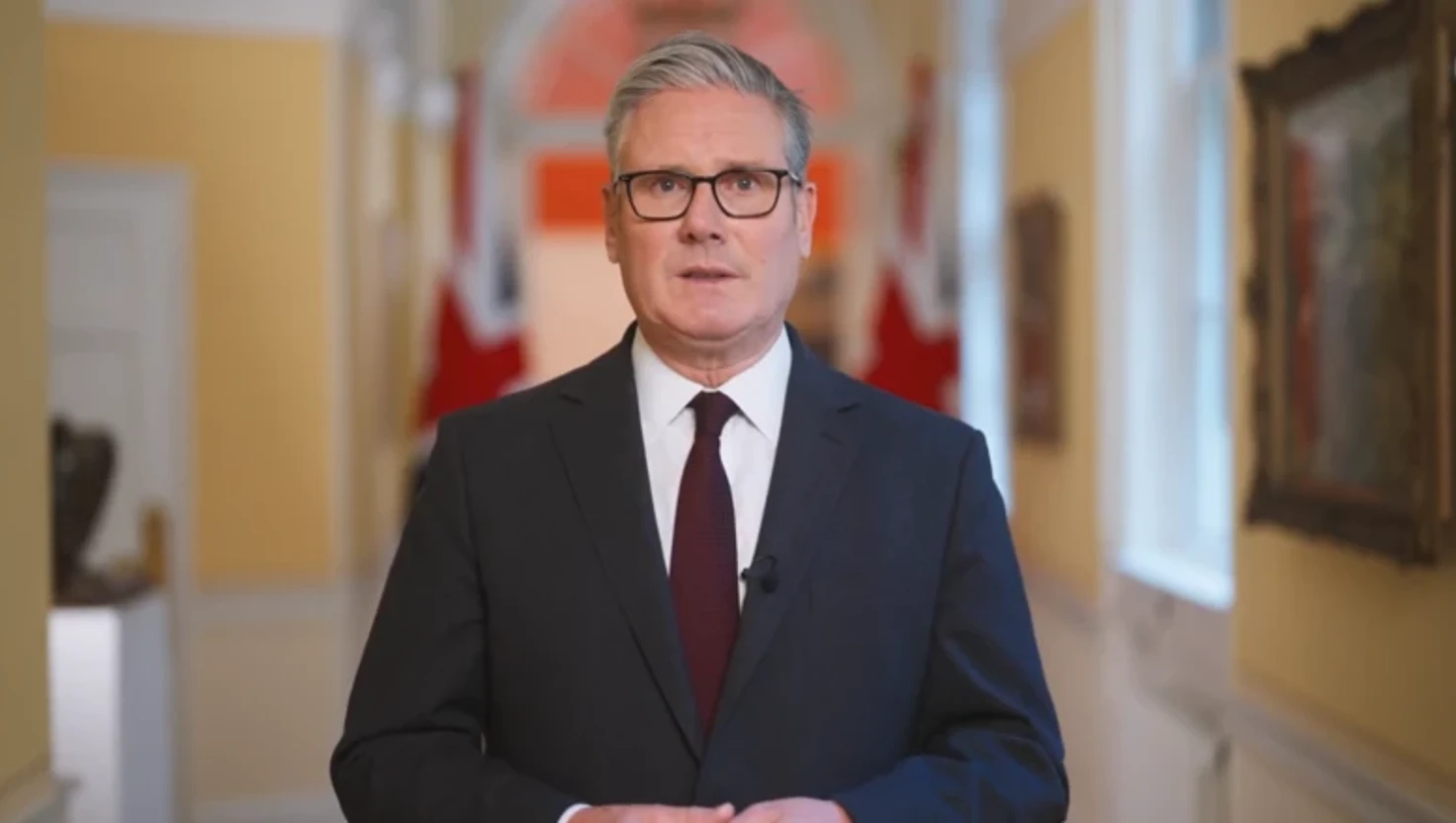
Britain, Canada and Australia formally recognise Palestinian state
Formal recognition of Palestine by the UK, Canada, and Australia heightens tensions with Israel amid ongoing conflict in Gaza.
| 2025-09-22
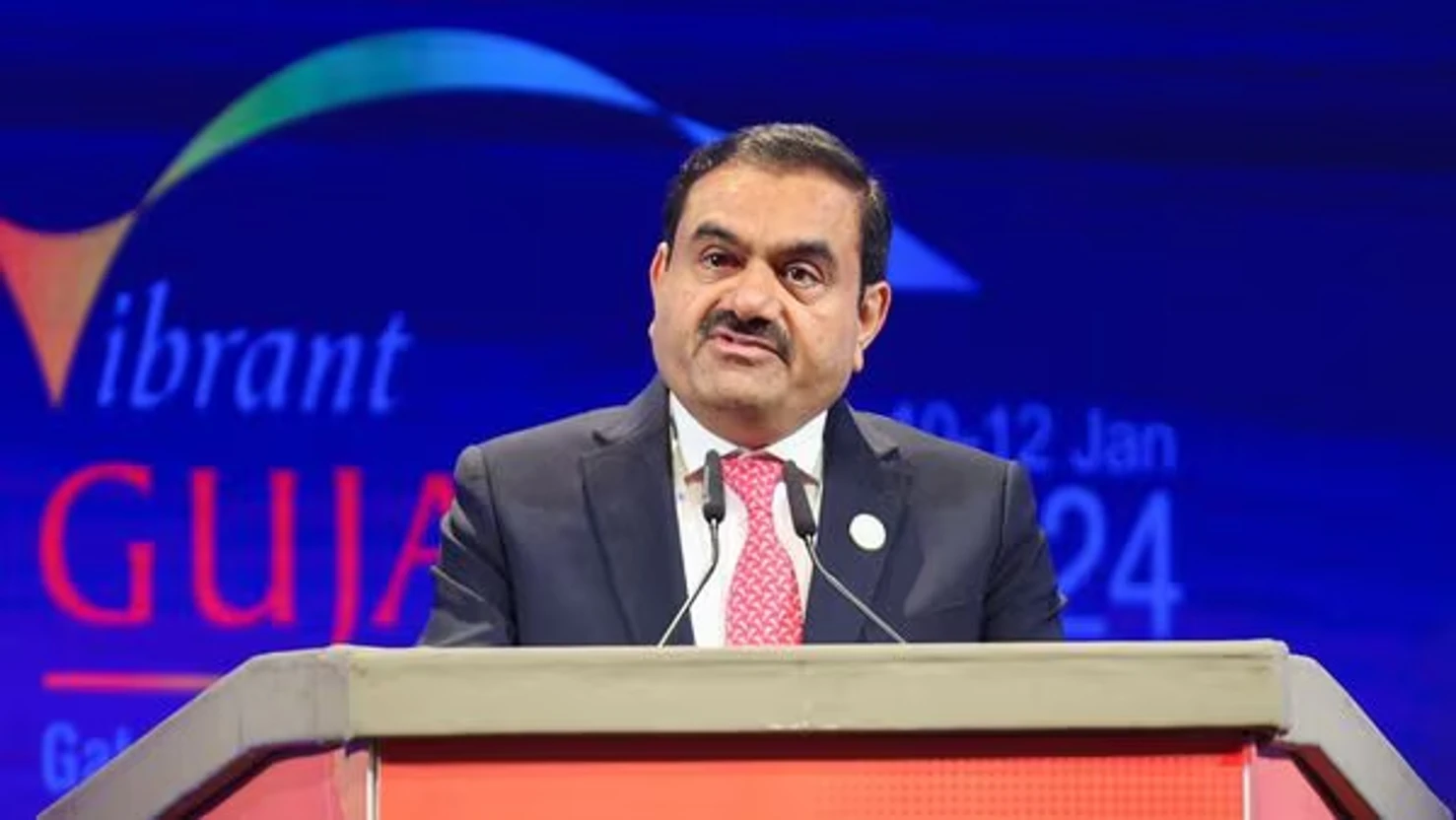
Gautam Adani's Wealth Rises Significantly After SEBI's Approval
Following a SEBI decision, Gautam Adani's net worth surged ₹299 crore in a day, boosting confidence in his companies amidst allegations.
| 2025-09-21

Securities and Exchange Board of India Clears Adani Group of Allegations
The Securities and Exchange Board of India dismisses Hindenburg Research's claims against Adani Group, affirming no violations occurred.
| 2025-09-19




